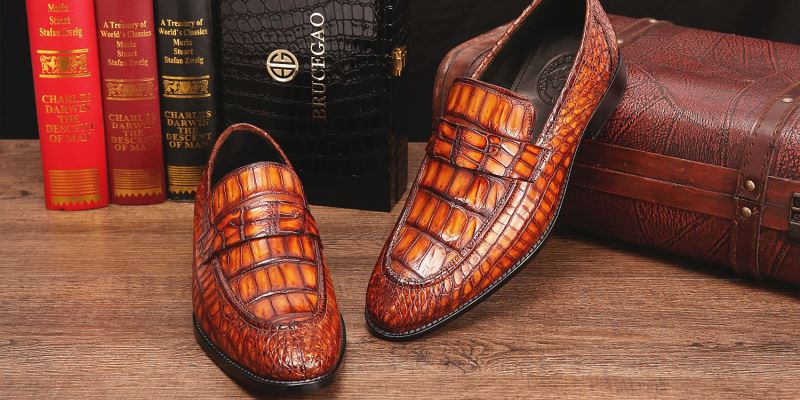BPJS Ketenagakerjaan, Indonesia’s Social Security Administration, plays a crucial role in ensuring the welfare and protection of workers across the nation. One of its key features is the BPJS Employment program, which provides comprehensive social security benefits to employees, including healthcare, pension, work accident coverage, and more.
In this digital age, BPJS Ketenagakerjaan has made it easier than ever for participants to access their account information, including checking their employment balance online.
In this comprehensive guide, we’ll walk you through the steps to conveniently check your BPJS Employment balance online, empowering you to stay informed about your social security benefits anytime, anywhere.
Step 1: Access the BPJS Ketenagakerjaan Website
The first step to checking your BPJS Employment balance online is to visit the official BPJS Ketenagakerjaan website. Open your preferred web browser on your computer, smartphone, or tablet, and enter the following URL: www.bpjsketenagakerjaan.go.id.
Step 2: Log in to Your BPJS Ketenagakerjaan Account
Once you’ve accessed the BPJS Ketenagakerjaan website, navigate to the login section. If you already have an account, enter your username and password to log in. If you don’t have an account yet, you’ll need to register first.
Click on the “Register” or “Daftar” option and follow the on-screen instructions to create your account. You’ll typically need your BPJS Employment membership number (Nomor Anggota) and other personal information to complete the registration process.
Step 3: Navigate to the “Balance Inquiry” Section
After logging in to your BPJS Ketenagakerjaan account, look for the “Balance Inquiry” or “Cek Saldo” section. This is where you’ll find information about your BPJS Employment balance, including your contributions, benefits, and other relevant details.
Step 4: Check Your Employment Balance
Once you’ve accessed the “Balance Inquiry” section, you’ll typically have several options for checking your BPJS Employment balance.
You may be able to view your balance directly on the website dashboard, or you may need to navigate to a specific page or section dedicated to balance inquiries. Follow the prompts and instructions provided to check your balance.
Step 5: Review Your Balance and Contributions
After retrieving your BPJS Employment balance, take a moment to review the information displayed. You’ll typically see details such as your total contributions, any recent payments or deductions, and the current status of your account.
Pay attention to any discrepancies or irregularities and reach out to BPJS Ketenagakerjaan customer service if you have any questions or concerns.
Step 6: Log Out Securely
Once you’ve finished checking your BPJS Employment balance and reviewing your account information, be sure to log out of your BPJS Ketenagakerjaan account securely. This helps protect your personal information and ensures the security of your account.
Conclusion
Checking your BPJS Employment balance online is a convenient and straightforward process that empowers you to stay informed about your social security benefits.
By following the steps outlined in this guide, you can easily access your account information, review your contributions, and ensure that your social security needs are being met. Remember to check your balance regularly and reach out to BPJS Ketenagakerjaan if you have any questions or concerns about your account.
With online access to your BPJS Employment Balance, you can take control of your financial future and enjoy peace of mind knowing that your social security benefits are within reach.


